Strengths and weaknesses of strip cropping in organically manged vegetable cropping systems
Field experiment 9, Italy
Trial location and duration
Italy, Monsampolo del Tronto (AP), CREA OF
42.53 N, 13.48 E
Trial duration: 2017-2021.
Objectives and research question
The objective of the experiment was to evaluate the agronomic and environmental performance of a diversified vegetable organic cropping system in which strip-cropping to an existing rotation that already includes multiple cropping.
Experimental design
Two not randomized block design experiments (Fig. 4 and 5) were conducted each year in the MOnsampolo organic VEgetable Long Term field Experiment (MOVE LTE). The MOVE-LTE consists of a four-year vegetable rotation on a field of 2112 m2 divided in four equal rotational areas. Every year only two of these areas were involved in the DiverIMPACTS project.
Experiment 1 looked at faba bean (Vicia faba) and tomato (Solanum lycopersicum) strip intercropping. Tested systems:
- 1a) faba bean/tomato strip intercropping vs faba bean pure stand.
- 1b) faba bean/tomato strip intercropping vs tomato pure stand.
Tomato was transplanted in no tilled soil/roller crimped soil (Campanelli & Canali, 2012) after faba bean was harvested for fresh pod.
Experiment 2 looked at common wheat (Triticum aestivum) and zucchini (Cucurbita pepo) strip intercropping. Tested systems:
- 2a) wheat/zucchini strip intercropping vs wheat pure stand
- 2b) wheat/zucchini strip intercropping vs zucchini pure stand
Zucchini was transplanted in no tilled soil/roller crimped soil after the cereal used as cover crop
Each tested system was based on 3 blocks x 3 replications/block = 9 spatial replications. To keep the pure stand separate from the strip cropping it was not possible to randomize. The field homogeneity was verified by studying the interaction of the factorial analysis.
Main findings and highlights
- Despite lower N-input in the diversified system, grain yields recorded have so far been similar or greater than the high-input reference system.
- Weed pressure is lower in the diversified system than the reference system.
- Intercropping with oat reduced lodging of pea crop in the diversified system.
- Soil C, N and biodiversity will be measured in coming months of 2022
Main challenges
- Requires extra labour/work to manage (sowing, harvesting) the diversified system
- Finding optimal seeding proportion in intercrops to reduce competition/dominance between the crops
Further information
tandfonline.com: Campanelli, G., Canali, S., 2012. Crop Production and Environmental Effects in Conventional and Organic Vegetable Farming Systems: The Case of a Long-Term Experiment in Mediterranean Conditions (Central Italy). Journal of Sustainable Agriculture 36, 599–619.
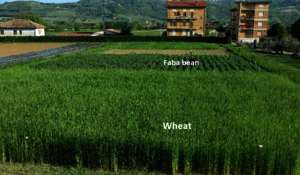
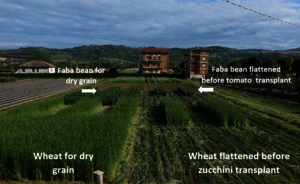
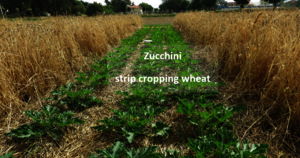
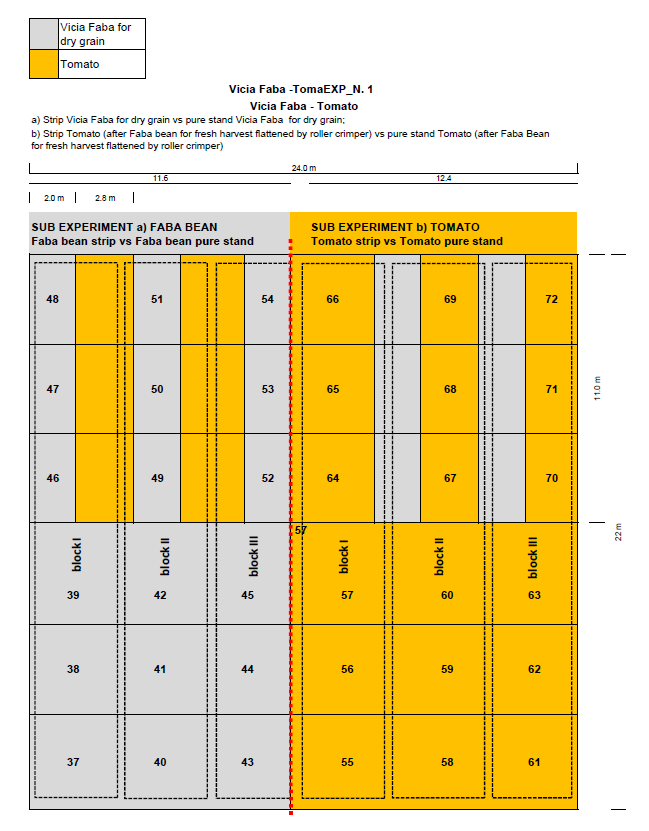
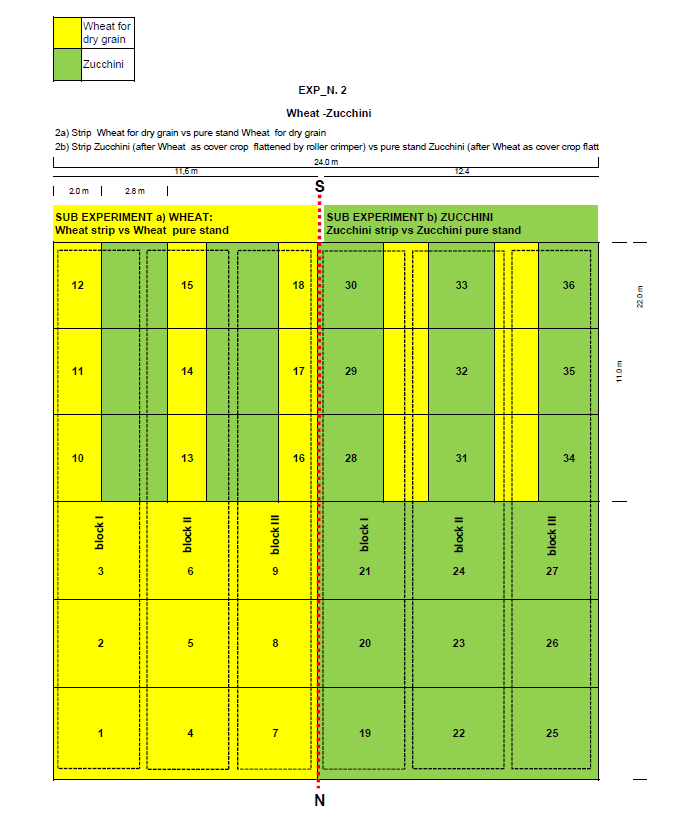
 toccare e scorrere fino al comando Aggiungi alla schermata iniziale.
toccare e scorrere fino al comando Aggiungi alla schermata iniziale.